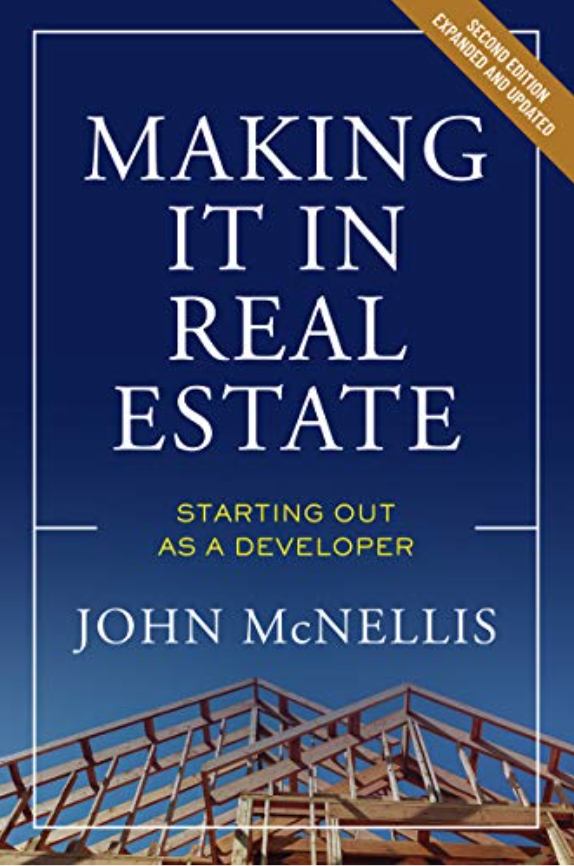Two old guys are sunning themselves on a Miami park bench, the first bragging about the $5 million his insurance company paid him after his building burned. In reply, the second retiree mentions the $15 million he was paid after a flood destroyed his building. The first man purses his lips, is quiet for a while and then asks, “How do you start a flood?”
Old jokes aside, of course the question isn’t about starting, but rather stopping, floods. And if hurricanes Katrina and Sandy left us with only one hard truth, it’s that we can’t. Nor can we prevent earthquakes, fires, riots, terrorists or even little greasy kitchen fires that inevitably cause either more damage than one has insurance or not enough to cover the deductible.
In this time of breathtaking prices for “core” real estate (see “Desperately Seeking Yield,” TheRegistrySF.com, April 2013), it seems appropriate to put the flood question more broadly: Is any building as truly safe as so many buyers seem so much to want to believe?
Yes, it’s possible to own a building or two for even a long while without suffering casualty losses. But a whole portfolio over a career? Not in our experience. Yet, if an owner is truly prudent—one might say extravagant—in buying coverage, insurance should cover all direct losses arising from an accident.
Indirect losses are another matter. Consider Sandy’s slam into Manhattan’s lower east side—swanky office buildings were swamped left and right; building systems were totally fried. Some of the tenants in those soggy buildings must have heard about this theory going around called global warming and decided that another catastrophic flood is, if not a certainty, then a better bet than the New York State lottery. And at least a few of those must have decided against risking another Water World. If they haven’t already done so, those tenants will flee to higher ground at the first opportunity.
If you have any doubt that the lower east side’s rental rates will be one of Sandy’s long-term victims—a loss for which insurance will never be invented—ask yourself this: Would you lease space in a sea-level building that had previously flooded?
Now let’s leave the world of cinematic losses that seldom occur and consider a more common way to watch values evaporate: no-holds-barred competition. We might call this “Houston roulette” because, alongside big hair, Houston’s laissez-faire approach to zoning is one of Texas’s lasting charms. Actually, it’s far more laissez than faire; rather incredibly, Houston has no zoning at all. Subject to a plat review for compliance with subdivision codes, developers are free to build anything they like, anywhere they like: hospitals next to dumps, oil refineries side-by-side with mansions or office towers all the way to the sky. This approach works surprisingly well from a land use standpoint—dollars not politics or neighbors wind up dictating that noxious industrial uses huddle with other industrial uses and so on.
But live by the dollar, die by the dollar. Houston’s free-for-all means no project is ever safe from competition. If you build a 75-story high-rise and advertise the finest views in Texas, your ex-partner can build 100 stories out of spite tomorrow and tout even better views. You build a supermarket at the best intersection in town, and overnight your competitor assembles three parcels across the street and throws up an even snazzier market. One of you dies.
Where land is plentiful and current zoning more of a suggestion than a commandment (say, in oh, no more than 85 percent of the country), economic obsolescence—and breathtaking loss—requires no more than an idiot with a pot of money and a dream of a new building next to yours. The formula of doom is as simple and as inviolable as the Pythagorean theorem: developer + money + easy zoning = death-spiral overbuilding.
This is exactly why the smart money loves core properties. Since developers can somehow always come up with the money (let’s face it, that’s what they do), the best defense is to own properties in the handful of coastal cities where the zoning process makes water boarding appear humane.
Yet even a building as safe as milk still loses value every year through what too many view as merely a tax benefit—depreciation. Rather than simply a happy paper loss on April 15, depreciation is as real and painful as a root canal. Buildings wear out. The IRS has decreed that 39 ½ years is the standard useful life for buildings and allows one a roughly 2.5 percent deduction for depreciation every year. This also means—because the IRS has it about right—that a building is cooked when the depreciation burns off. Your children can either scrape your worn-out building and start fresh, or go the more expensive route of gutting and rebuilding it.
Either way all you have left is your residual land value. If you have chosen your land carefully—i.e. on high ground yet within walking distance of big water—your land appreciation should more than offset your building loss. If not, you might be reminded of another old real estate joke: How do you make a small fortune in real estate? Start with a large one.


